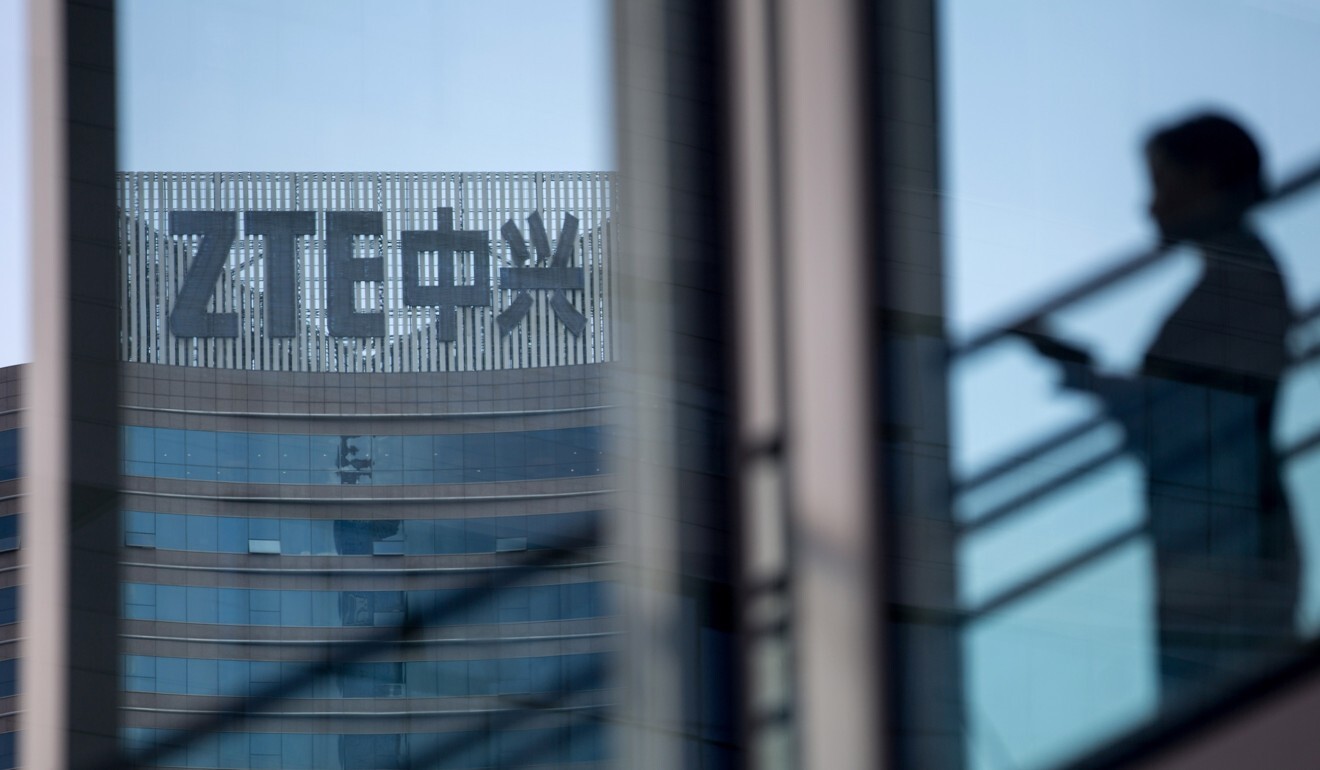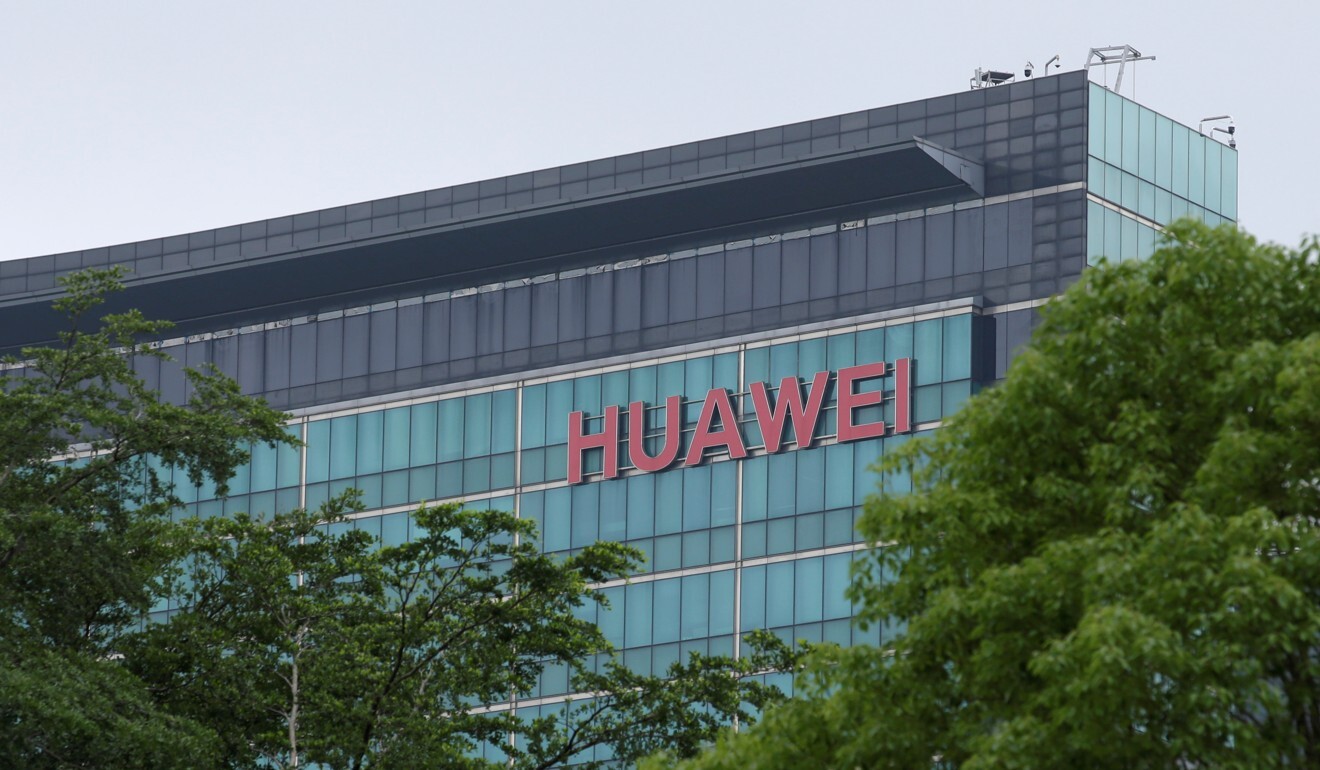
Shenzhen must attract top talent to keep growing, Chinese President Xi Jinping says
- City needs “scientific and technological leaders, tech-savvy young adults and high-level innovative teams”, president says
- Companies must also be offered better government protection in areas like intellectual property, he says
It was essential that the city attracted and retained “scientific and technological leaders, tech-savvy young adults and high-level innovative teams”, Xi said.
Shenzhen also needed to “modernise its governance” and “protect entrepreneurs’ rights” – on issues like intellectual property – in line with its position as a global megacity, he said.
The city had undergone profound changes and experienced enormous growth over the past four decades but challenges remained if it wanted to remain on that trajectory, Xi said.
“Shenzhen has evolved from a backward border town to an influential, international metropolis,” he said.
“This is a global development miracle that the Chinese people have created together.”

In 1980, the year China’s then paramount leader designated Shenzhen as an SEZ, its gross domestic product was just 270 million yuan (US$40 million). Last year it was 2.7 trillion yuan, the fifth-largest of any city in Asia.
Shenzhen is home to many of China’s technology giants, including social media and gaming company Tencent, 5G provider Huawei, telecoms equipment company ZTE and electric car manufacturer BYD.

Despite Shenzhen’s lofty ambitions, its rapid expansion over the past 40 years and limited supply of land have seen property prices soar.
According to figures from consultancy firm East Money, between 2009 and 2019, the average price of a home in the city tripled to 56,100 yuan per square metre, putting it almost on a par with the capital Beijing.
Part of the reason for the high prices is that, according to government figures, less than a quarter of Shenzhen’s development land is allocated for housing.
In its latest five-year plan, China has granted the city government more autonomy to use rural land for development purposes.

